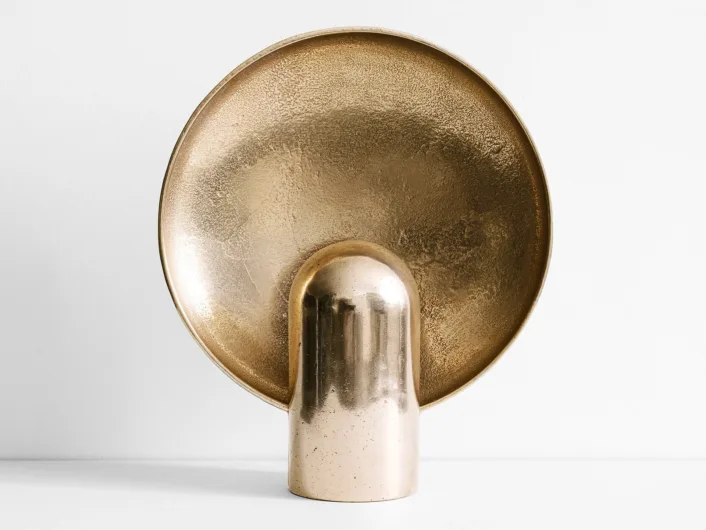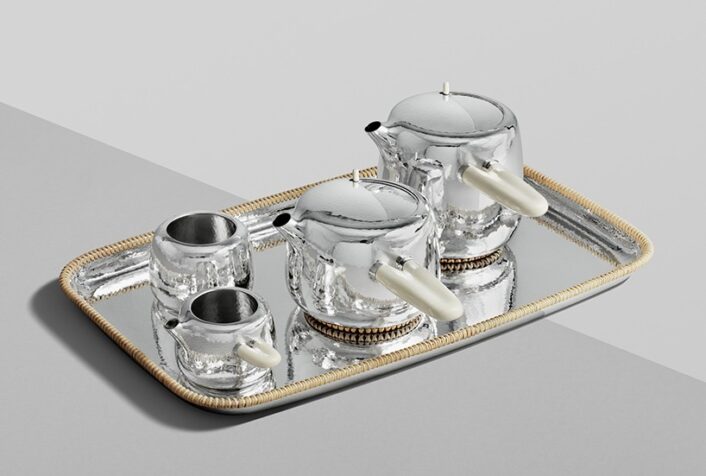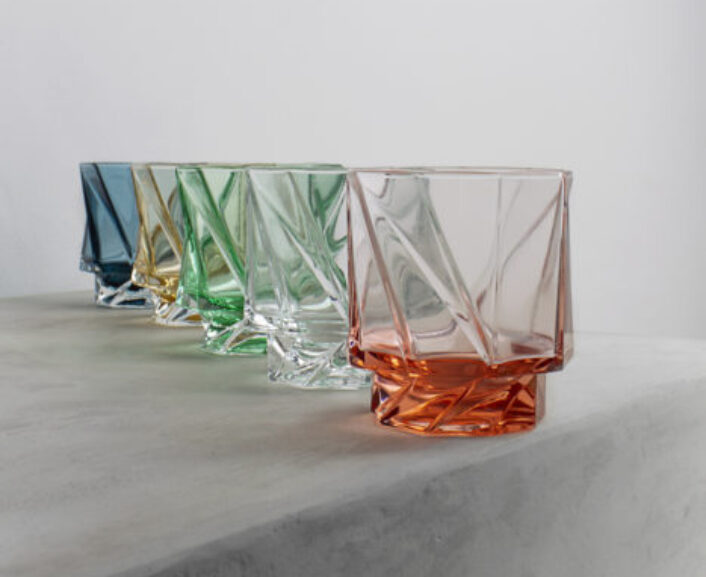Design
Zaha Hadid Design
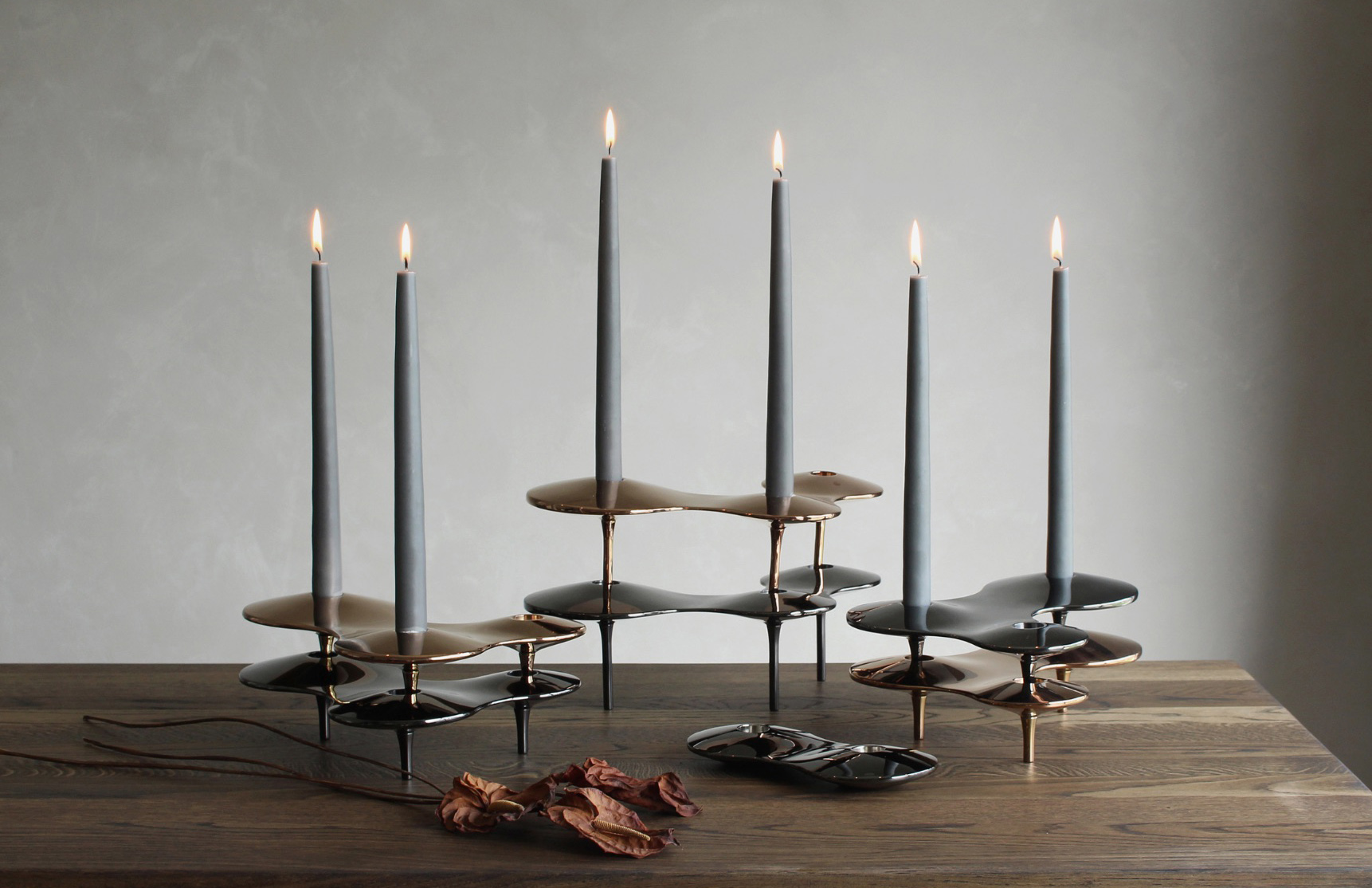
Large Cell Candle Holder, 2018. Available in rose gold and black.
Image courtesy of: Good Form
Zaha Hadid Design (ZHD) was founded by Zaha Hadid in 2006. From the onset, Hadid hoped to provide contemporary pieces from her unique design perspective. By melding technological advances and material advancements with a trusted approach, Hadid was able to present a brand that elevated furniture, home accessories, bathroom hardware, and tablescapes.
It is important to note that the Pritzker Prize winning architect’s debut designs were just as varied as her architectural ones. In 2006, Hadid remarked at the Guggenheim Museum (courtesy of Architectural Digest Pro), “My product designs and architecture have always been connected.”
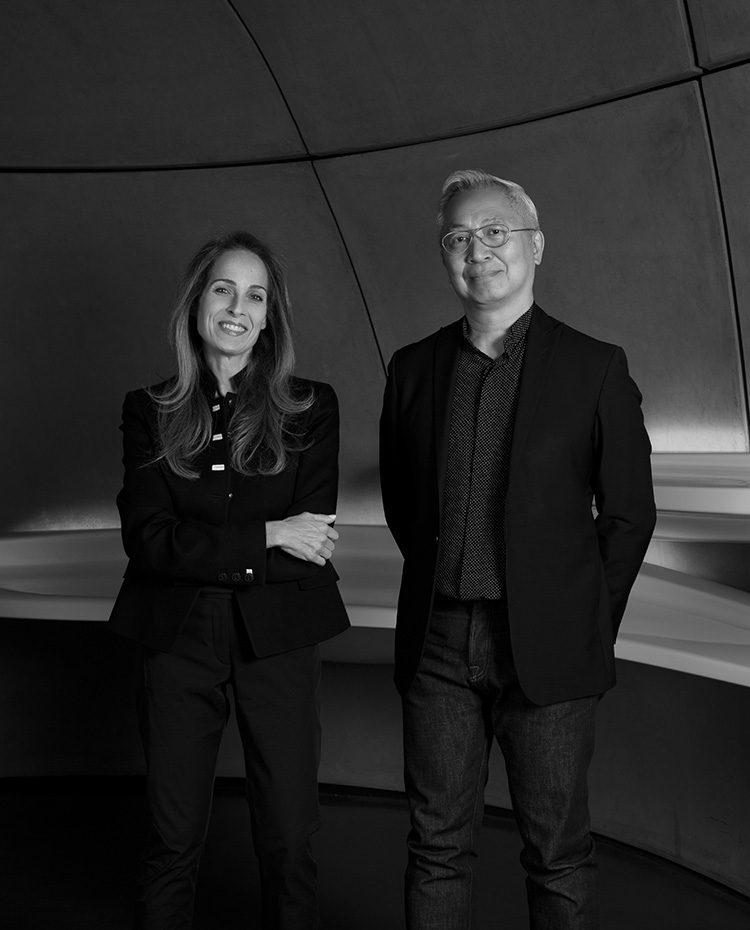
Under the direction of Woody Yao and Maha Kutay, the brand continues to present Hadid’s passion for contemporary, “forward focused” design. With her architecture, Hadid loved to explore spatial concepts in varying scales; her design products present the same opportunities to express ideas… however on a much smaller scale.
Both Yao and Kutay have been with Hadid for close to thirty years; Yao spent the majority of his early years on architecture projects, while Kutay concentrated on products and interior projects since graduation. The company launched the ZHD label in 2014. In particular, Kutay has been instrumental in securing important collaborations with industry leaders in different fields including luxury brands, charitable organizations, and art galleries all over the world.
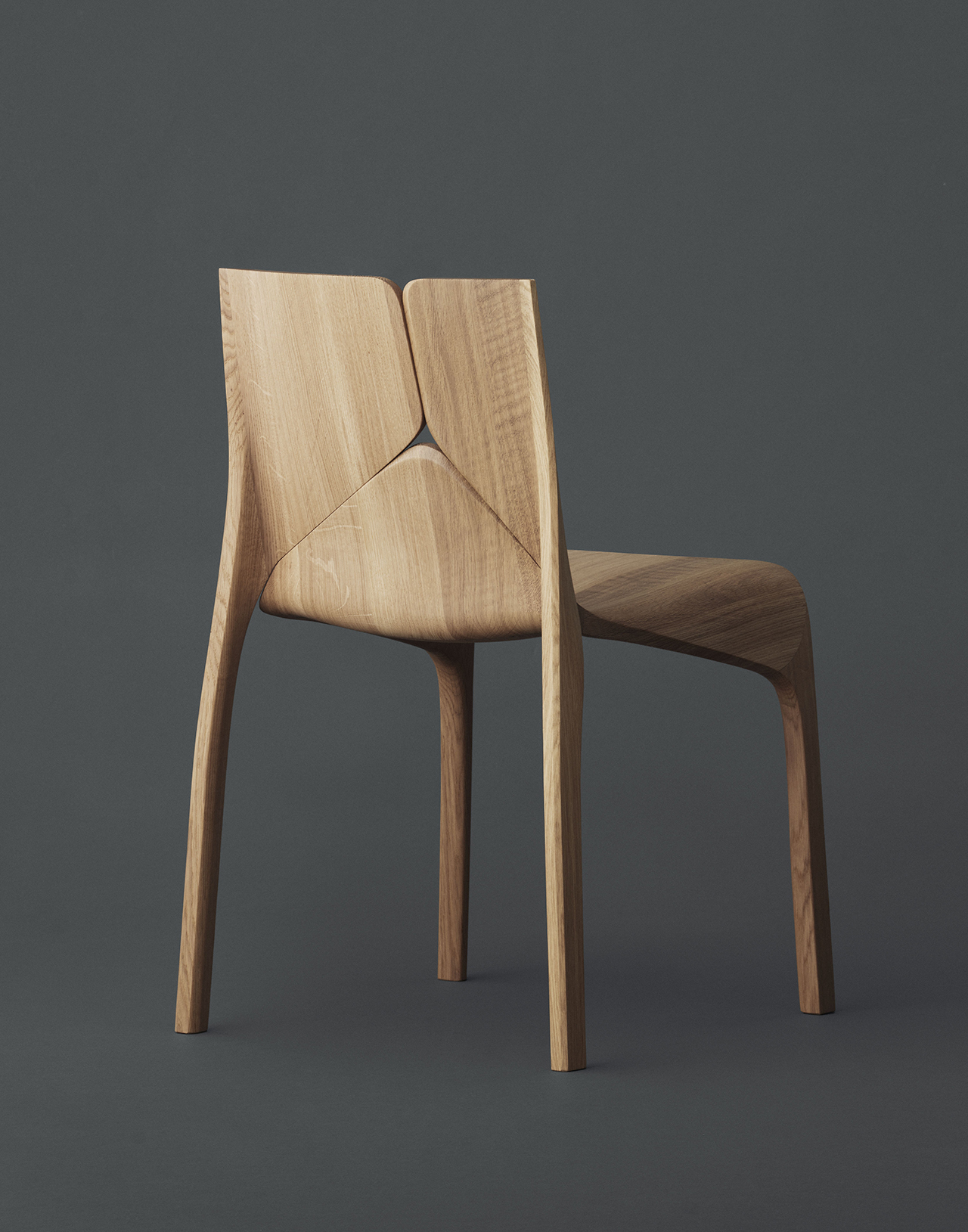
SEYUM chair in Pure Oak.
Image courtesy of: Design Milk, photographed by: Masaki Ogawa
One of the brand’s most successful collaborations resulted in the SEYUN collection. In 2021, ZHD and Karimoku Furniture, one of Japan’s leading wooden furniture manufacturers, debuted a conceptual collection. This year, at Milan Design Week 2023, the SEYUN collection of a chair, armchair and table in a number of different sizes were presented in new finishes.
Crafted in oak and using a combination of machine-made and hand-finished processes, it is the actual wood that makes the pieces distinctive. Common with oak, the asymmetrical surfaces parallel Hadid’s aesthetic beautifully. The melding of Karimoku Furniture’s traditional Japanese woodworking techniques and ZHD’s contemporary ethos offer pure beauty. Courtesy of a Design Milk article by Kelly Beall, “A story of the hardness of the wood meeting the lightness of the design makes these furniture pieces unique, as does the series of conjoined asymmetrical surfaces that reference Hadid’s aesthetic. “
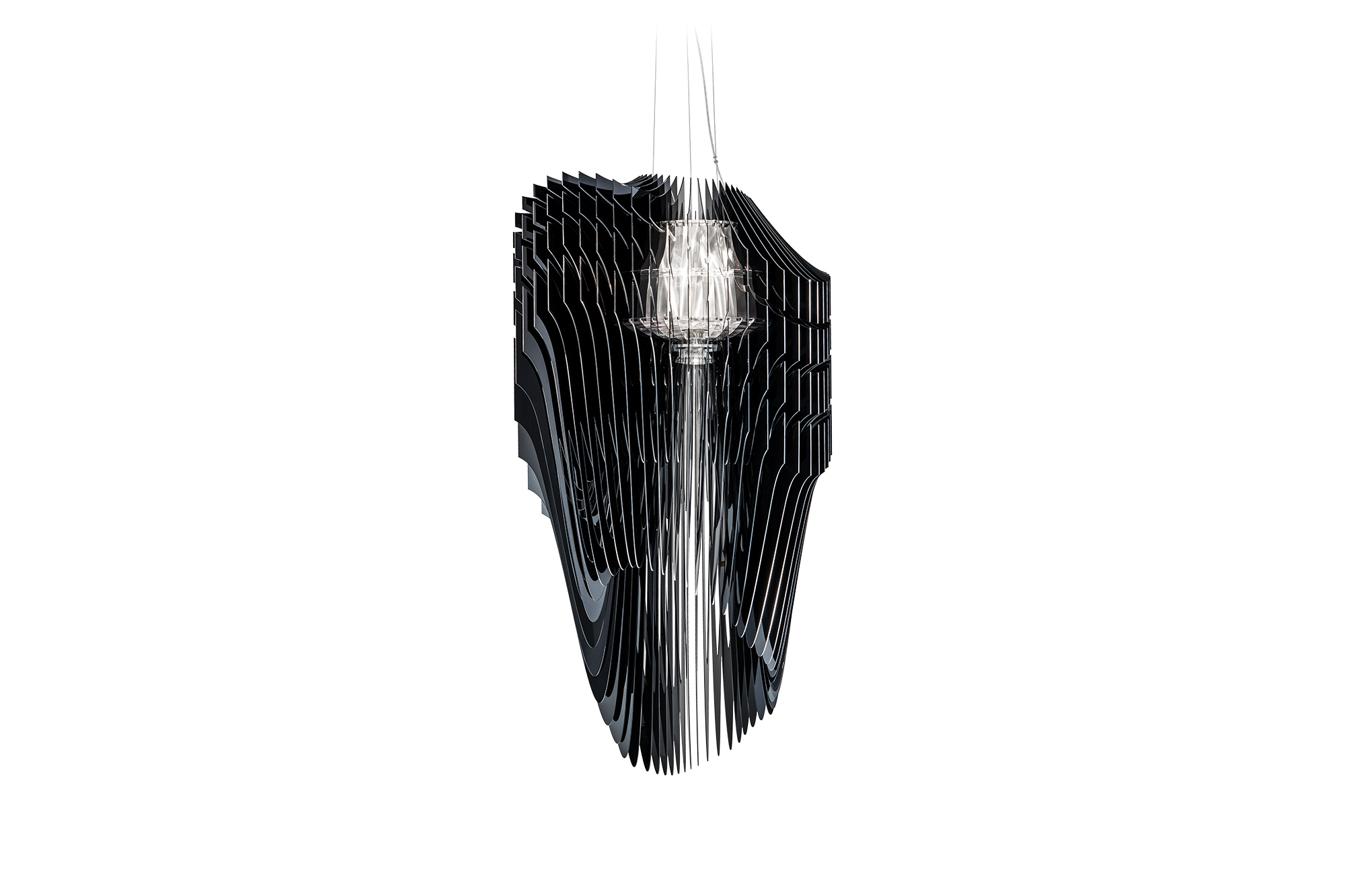
Avia Suspension Lamp ZHD X Slamp, available in Black Fade and White Fade. The fixture is available in four different sizes.
Image courtesy of: Good Form
ZHD’s collaboration with the Italian lighting design company, SLAMP, produced the Aria and Avia chandeliers. Both large-scale suspension pieces combine (courtesy of Dezeen) “dramatic architectural features with the intrinsic weightlessness of the material.”
Each chandelier is composed of 50 individual layers of Cristalflex, a techno-polymer patented by SLAMP. Technologically, Cristalflex surrounds the central high source. ZHD and SLAMP worked together to produce the collection. At Milan Design Week 2018, the pair debuted a limited-edition of 99 pieces per color-way for Avia’s launch. We love the continued advancements and that the successful product was reimagined just five years after its original debut in 2013; fittingly, it has been called a sculpture.

Glassware from the HEW Collection. The collection hoped to imitate subtle movements where mass, opacity, and void are examined.
Image courtesy of: Archi Panic (via Zaha Hadid Design)
From 2018, the Fluid Tableware Collection continues to receive rave reviews. Originally, the collection debuted at 2019’s Maison & Objet; since that time, the series aims to (courtesy of Archi Panic) “interpret both the present and the future” with its fluid design.
The inspiration comes from the biological process of cell growth; and with names such as “Swirl” and “Cell,” the parallel appears clear. The amorphous shapes resonate because of their organic look… and the resemblance to the modern aesthetic of Zaha Hadid herself. To sum up ZHD, Yao said, “When designing objects Zaha was never constrained by any given use or spatial context. We continue to follow and draw strength from this approach so that the collection has room to evolve without compromising the integrity of the design.”
